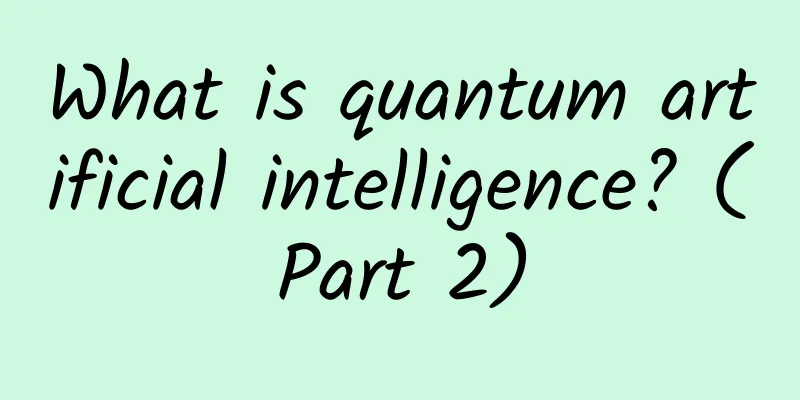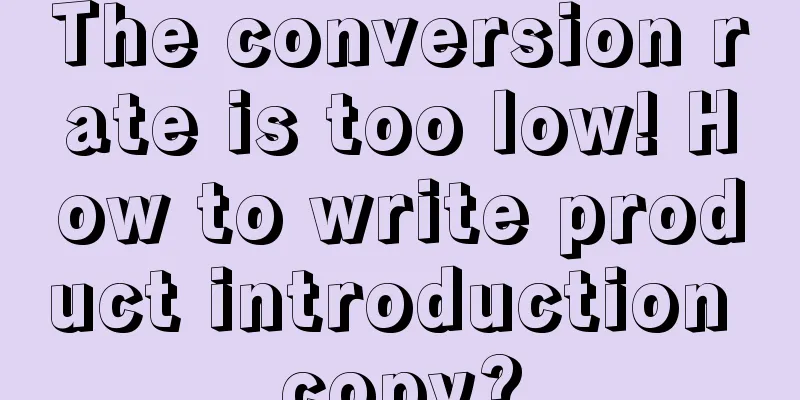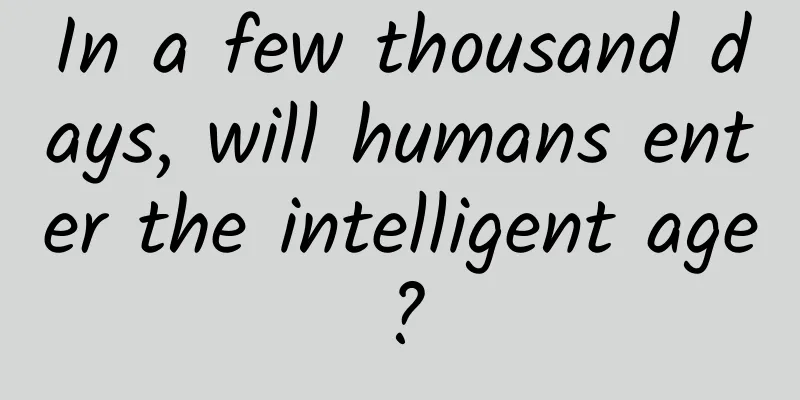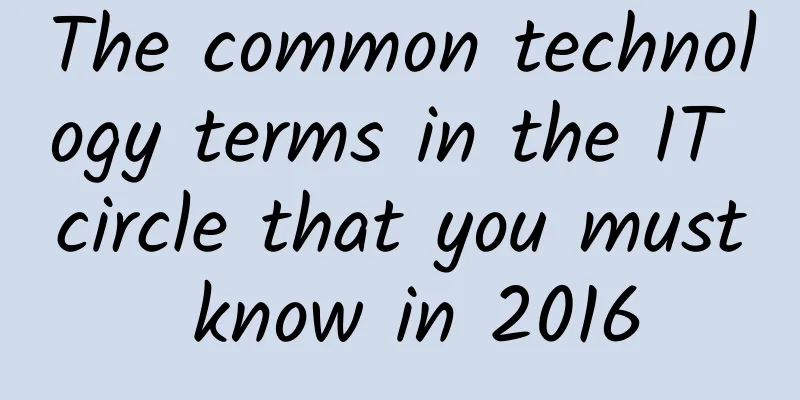The inspiration I got from writing code with my eyes closed
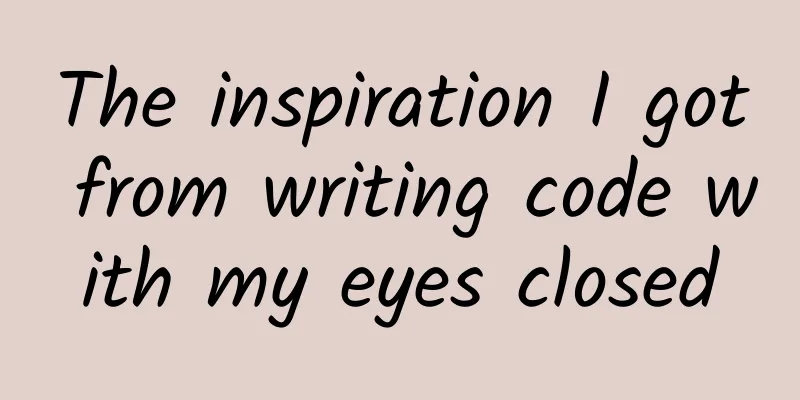
|
I am a programmer, and I am also a blind person. There have never been any pictures in my world, and I was born blind. Whenever new colleagues—people who have never experienced any form of visual impairment—hear about my story, they often come up to me and ask me these questions: So, how do you read someone else's code? Wow! How do you write code? Or, the most common one - Do you dream? I get asked these questions over and over again. So today's topic is mainly about answering these three questions. I will try to answer the biggest confusion of everyone - how do blind people write code? About how to typeMany people have the impression that blind people need specially modified computers to use them, and even some people who have visual impairments agree with this view. Well, let me reveal the secret now. The words you see above and the words I will write below were typed on a very ordinary Dell Inspiron 15r SE laptop that you can buy in any Dell laptop store. It is running Windows 8 (which comes pre-installed). All I had to do was install an open source screen reader called NVDA (www.nvaccess.org). A screen reader, basically, does — wait for it — reads what’s on the screen. It converts the text on the screen into speech via a Siri-like voice. Screen readers also allow the use of braille displays, which are devices where the braille cells are constantly refreshed to form new letters based on what's highlighted on the screen. All visually impaired computer users need to adapt to this. This program allows me to do many things that you may not be able to imagine with your eyes closed, such as: Browse the web with Firefox Use Microsoft Word to write reports and format them according to the strict requirements of university professors Write blog posts, like this one Recording, editing, mixing and publishing audio (singing and making music is also one of my hobbies) Use audio production apps such as Reaper, Goldwave, Audacity, and Sonar Coding websites and apps using Eclipse, Visual Studio, and good old Notepad++ The reason I list these techniques is to show that I can use them just like you. About how to code For example, the following code:
The read-out effect is: If left bracket x equals 5 right bracket left curly bracket print left bracket quotation mark hello world exclamation mark quotation mark right bracket right curly bracket. This is a typical if module Java programming language, and what I hear is the long sentence above. I tend to turn off the voice notifications of brackets and brackets first, and then pay attention to the content in the brackets when I need bracket matching debugging later, so that I won’t be confused by the overly long description. Some people like to replace the default "left brace" with "curly brace" or "start" just to save a few milliseconds. To be honest, this speed is quite fast for those who are not used to it. You may not believe it, but I actually wrote this blog post in NotePad++ by voice reading. So, my coding style may not be fundamentally different from yours, and you don’t have to imagine how awesome I am. The only difference is that I don’t use a mouse, I use shortcut keys and command lines. Unfortunately, in the field of blind programming, nothing is perfect. I can't use the main tools that programmers use every day, such as the IntelliJ editor and all its derivatives (PHPStorm, WebStorm, PyCharm). Because the developers of these programs did not follow the accessibility principles, just like not setting up an accessible path when building a park. The same is true for SourceTree. Although it is slowly improving, it still makes me extremely painful every time I use it. As a result, I had to constantly look for available tutorials, programs, and tools, rather than just picking one up off the shelf at the supermarket. I also dream, just like you do. Basically, I receive information during the day, and then feed these experiences and nerve excitement into dreams at night. The difference is that I can't actually see anything. However, I can hear, smell, and feel everything, just like in real life. The reason is simple: the visual images in dreams are constructed on the basis of stored visual knowledge. Since I have never seen anything since I was born, I have no visual framework to refer to. For example, I once encountered a big 404 error in my dream: but there was no picture. I sincerely hope that this article can be helpful to everyone, whether it is encouragement or motivation. Programming is a very interesting job and a high-paying job that can support myself. I hope everyone can study well with me and do it day by day:) |
<<: Join 51CTO Academy’s iOS employment class and realize your dream and achieve high salary!
>>: This may be Apple's first service to enter Android
Recommend
High hourly rents scare off users. Why are shared power banks trapped in their carefully woven business models?
The ever-increasing prices of shared power banks ...
It is a power source and also a wireless media center - BAKE I mobile power experience
Smartphones are becoming more and more like compu...
Soaking the server in water turns out to be for... | Digital Literacy
Audit expert: Zheng Yuanpan Professor of Zhengzho...
Why do scientists in Antarctica always slap seals? Because it's fake...
Recently, an interesting story about a scientist ...
This action before eating can really help you lose weight and control blood sugar! I strongly recommend you try it
As the saying goes, "Eat sour food in autumn...
What you are eating may be a "child of the stars"! Enter the world of irradiated food
What you are eating may be a "child of the s...
Eagle AE system advanced tutorial 2021
Course Catalog ├──AE system advanced tutorial mat...
If you keep eating walnuts for 6 months, your brain may really change!
What do you think of when you mention "walnu...
Perfect Diary’s Brand Positioning Practice
Some people believe that the positioning theory, ...
Neolithic "Meteor Hammer" Discovered!
Recently, Chen Zuhua, a citizen of Nanchang City,...
Wedding photography advertising promotion case!
After the epidemic, the May Day holiday is approa...
The National Day routine is here, I won’t tell ordinary people about it!
The annual National Day holiday is coming! Are yo...
A survey on the effectiveness of Toutiao CPA shows that 90% of people ignore this issue!
A friend complains every time he meets her: "...
5 major online marketing trends in 2017
Recently, iResearch released the "2017 China...
iOS 15 "Find My Location" new feature supports real-time location tracking even when the iPhone is turned off
On the morning of August 2, Apple has been improv...




